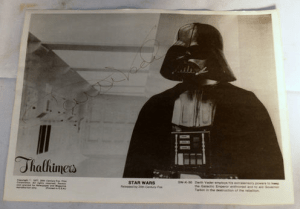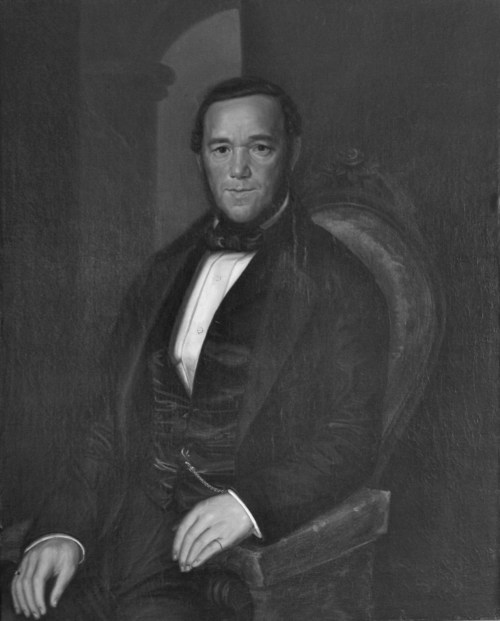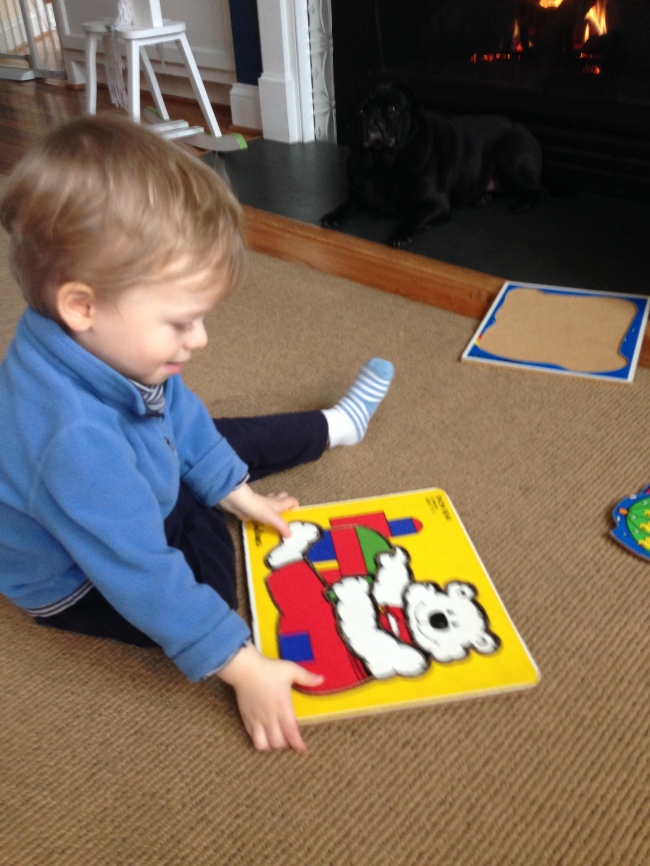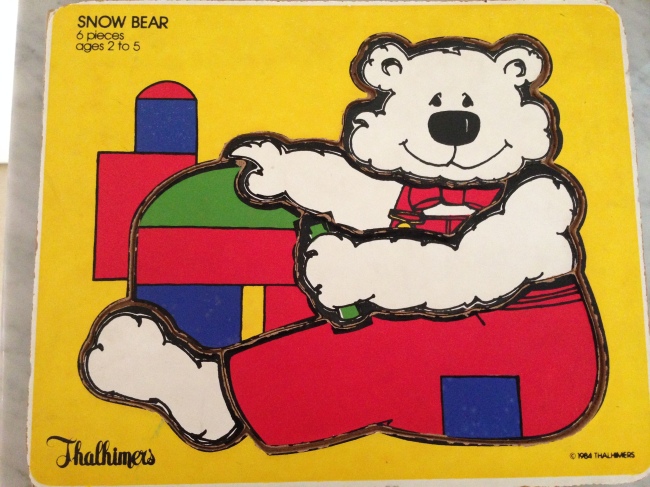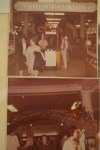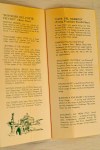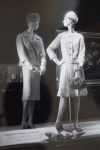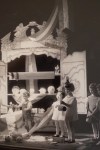One summer, William B. Thalhimer Jr. and his wife Barbara visited their friends the Reynoldses in Jamaica where Richard S. Reynolds, the head of Reynolds Metals Company, owned bauxite ore mines. The two executives kicked back to enjoy a few beers, which Reynolds bragged were brewed and bottled by Lord Beaverbrook of England.
“Anodized aluminum,” Mr. Reynolds said to his friend. “It’s the next thing.”
“No kidding?” said William Jr. “We should coat the store in it.” He snickered, showing the gap between his front teeth.
“Now that’s an idea,” Mr. Reynolds said, with utter seriousness. “Billy, I’ll tell you what we’re going to do. We’re going to cover your store in aluminum. Reynolds will engineer the whole thing…present you a diagram to show you how it’ll look, install it, turnkey, whatever it costs us to put up there. You cover the materials, and that’s it.”
“Are you joking?” William Jr. replied.
“I’m dead serious. Aluminum retains heat in winter. Keeps things cool in summer. It’s self-cleaning. You’ll never pay a dollar’s worth of maintenance on it. It’ll be the first building in the country to wear a jacket of aluminum.”
They’d both had enough beers that it seemed like a good idea.
“All right, let’s do it,” said William Jr., and the two men stood up and shook hands on the beach.
Reynolds’ engineers worked to design and install enormous grooved aluminum plates covering the exterior of the downtown Thalhimers store, extending an entire block from the clock on Sixth Street all the way to the loading dock on Seventh Street.
On October 10, 1955, hundreds gathered on Broad Street for the “big reveal” at a spectacular celebration that would be covered on the front page of the local paper.
Connie Daughtrey was crowned “Thalhimers’ Fashion Queen.” Ms. Daughtrey wore an aluminum tiara and slippers, and a stunning full-length evening gown woven with aluminum threads. As she waved her aluminum scepter, one-hundred and twenty workers on the roof raised the world’s largest curtain — almost 4,000 square yards, enough to cover a football field — revealing the most modern-looking façade Richmond had ever seen. Executives and other big-wigs celebrated by raising aluminum tumblers, made expressly for the occasion.
Thalhimers announced that the fabric of the curtain, made by Dan River Mills expressly for the occasion, would be made into children’s clothing and donated to Richmond’s Methodist Children’s Home and St. Joseph’s Villa, Winston Salem’s Industrial Memorial School for Boys and Girls, and Danville’s Hughes Memorial School, representing locations of Thalhimers’ stores.
A weeklong celebration, including visits from national celebrities, welcomed shoppers to the new and improved Thalhimers of 1955.




When Grandpa first told me the story about the unveiling, I remember asking him, “What happened to the aluminum tumblers? Did you save one for me?” He laughed, and said, “I have no idea. We don’t keep a lot of things like that.” And he was right…Gram and Grandpa were the opposite of hoarders. They really didn’t believe in keeping knickknacks or memorabilia.
But I continued to wonder about the Thalhimers aluminum tumblers made for the special people. Where did they go after 1955?
Last week, while sitting in bed with Covid, my regular ebay email about Thalhimers items popped into my inbox with a picture that made me smile, despite my fever and cough. It was a listing for 5 aluminum Thalhimers tumblers.
Happy days, friends! I’ll raise a glass to your health, and to memories of a store coated in metal…














